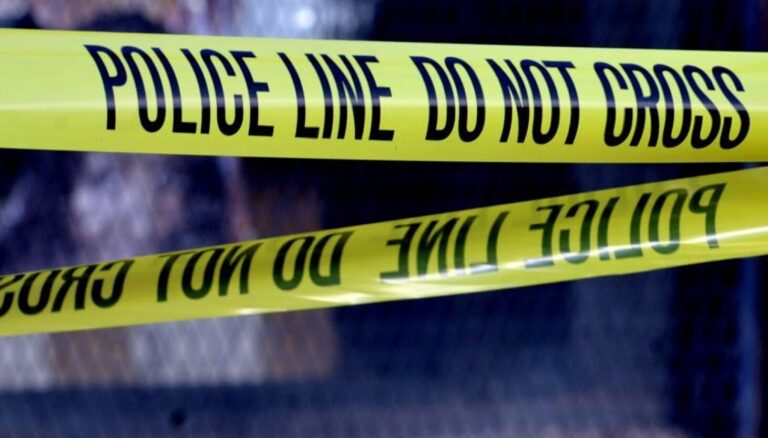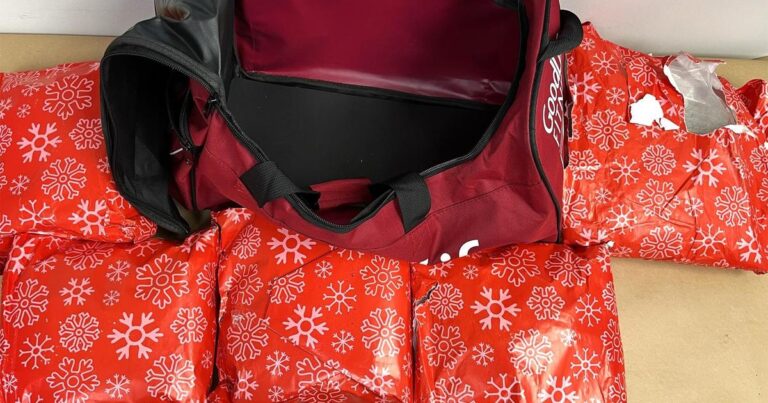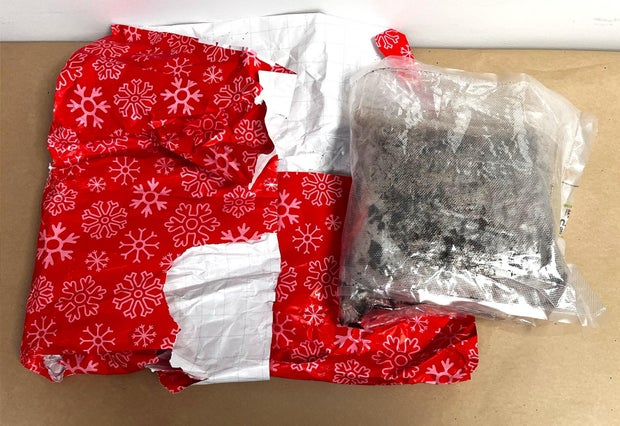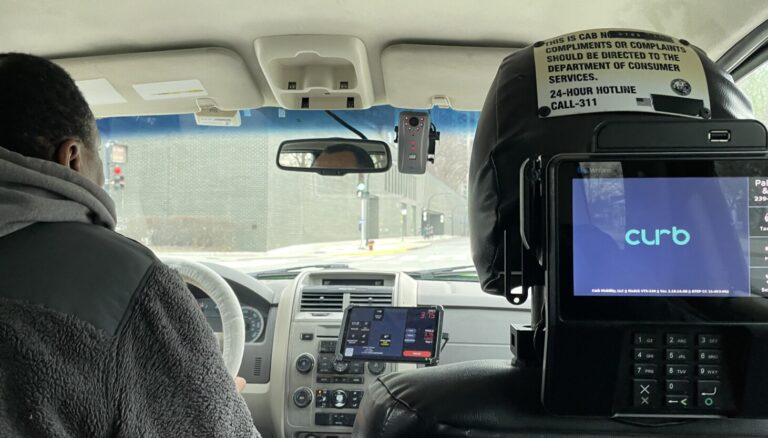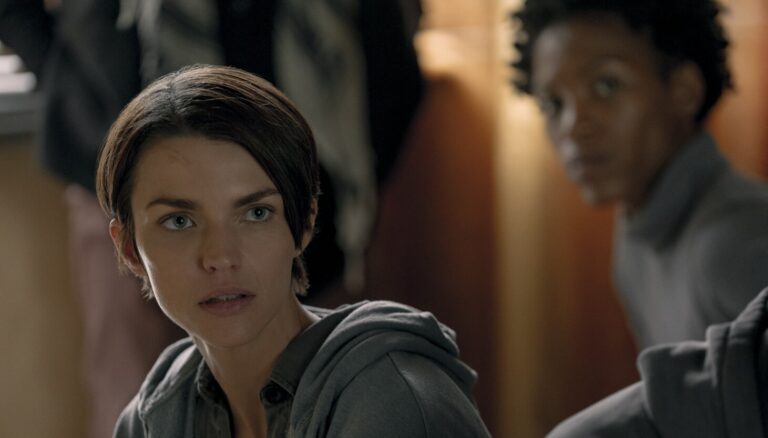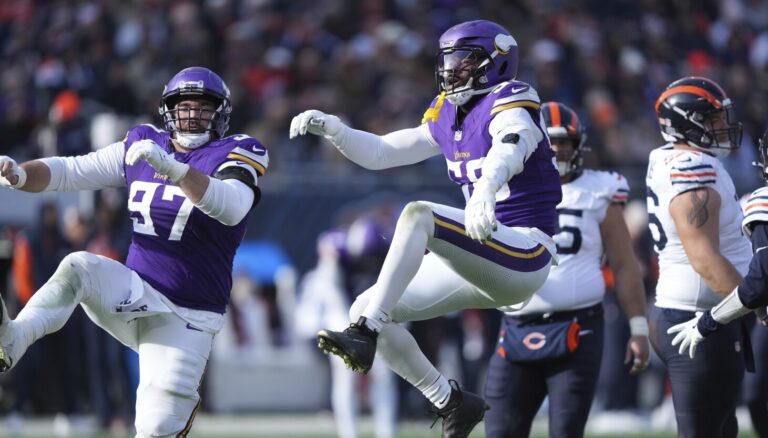Police have charged 26-year-old Luigi Mangione in the deadly shooting of UnitedHealthcare CEO Brian Thompson outside of a New York City Hilton hotel earlier this month. They say a trail of evidence ties him to the crime, including the suspect’s fingerprints and handwritten notebook entries.
Mangione, a former prep school valedictorian and an Ivy League graduate from a prominent Maryland family, was arrested Monday in Altoona, Pennsylvania, and is being held without bond on charges of forgery and firearms violations. He appeared in court and contested his extradition back to New York, where he faces second-degree murder charges for Thompson’s killing.
Once Mangione is extradited, the New York City Police Department said he’s expected to be charged with premeditated first-degree murder, which is rarely filed unless an officer has been killed. The district attorney’s office has the final say on any charges.
Here is a look at the evidence authorities say they have gathered so far against Mangione.
His notebook entries
Authorities recovered a spiral notebook from Mangione when he was arrested, two law enforcement sources told CBS News. They said Mangione wrote that he considered using a bomb but decided on a shooting instead because it would be more targeted and would avoid endangering innocent people.
Mangione has not incriminated himself in statements to investigators, police said. But investigators are referring to the note as Mangione’s claim of responsibility, sources told CBS News.
Some of the notes in his notebook expressed disdain for corporate America and the health system in particular, according to the NYPD. That aligns with investigators’ working theory about the suspect’s possible motive for targeting Thompson, which is apparent animosity toward the health care industry.
Police have said Mangione suffered a severe back injury in 2023 that led to an emergency room visit and surgery to place screws onto his spine. He posted images of spinal X-rays on his social media.
Fingerprints and DNA
Authorities said they were able to identify Mangione as the suspect in Thompson’s killing relatively quickly because of forensic evidence allegedly tying him to the crime.
“We have DNA,” said NYPD Chief of Detectives Joseph Kenny as the investigation got underway. “We have fingerprints that’s being processed.”
Police took Mangione’s fingerprints when they booked him into jail in Pennsylvania, and those prints matched those left behind on a water bottle and a KIND bar found close to the scene of the shooting, NYPD Commissioner Jessica Tisch said Wednesday. The bottle and protein bar wrapper were collected near the Starbucks where the suspect was seen on surveillance video minutes before the shooting.
Mangione is also a match for prints found on a cellphone recovered near the site, police said.
The weapon
Police said a 3D-printed gun and suppressor found in Mangione’s backpack at the time of his arrest was consistent with the weapon used to shoot and kill Thompson, and that they matched the gun in his backpack to three spent 9-mm shell casings found at the scene of the crime. Sometimes called a “ghost gun,” this kind of firearm can be made at home using a 3D printer and lacks a serial number, which makes tracking difficult. (Not all ghost guns are illegal, and not all firearms require serial numbers.)
The gun in Mangione’s possession had a loaded Glock magazine with six 9-mm rounds and a 3D-printed silencer, according to the criminal complaint filed in Pennsylvania.
Earlier in the investigation into Thompson’s death, NYPD sources told CBS News that several words were meticulously written in Sharpie onto shell casings and bullets recovered from the crime scene. The words were “delay,” “deny” and possibly “depose,” which investigators believed could reference “the D’s of insurance” coined by critics of the industry. The original alliterative list — “delay, deny, defend” — comments on tactics that insurance companies’ opponents say they use to reject claims.
Face mask, clothing, fake IDs
Clothing, including a face mask, and fraudulent identification cards similar to the ones used by the shooter were found in Mangione’s possession when he was arrested, police said.
Surveillance video and images of the suspect circulated widely in the aftermath of the shooting, capturing the moment the shots were fired as well as his earlier stops at a Starbucks store in Midtown and at the front desk of a hostel on the Upper West Side, where authorities believe he stayed. The suspect’s full face was only visible in surveillance footage from the hostel. Other images and video showed him wearing a black face mask and hooded sweatshirt.
Mangione had a fake New Jersey driver’s license on him when he was taken into custody in Pennsylvania, which was consistent with the false identification police say he used to check into that hostel in New York. That license was among multiple fraudulent IDs discovered in his possession, according to police. He also had a United States passport, $8,000 in cash and a handwritten note.
Mangione had been reported missing
Mangione’s mother reported her son missing to the San Francisco Police Department in the days before the Dec. 4 shooting, a person close to the investigation told CBS News.
She filed that report in the midst of seemingly broader concerns from Mangione’s friends and family over his whereabouts and wellbeing. Posts tagging him on social media indicated Mangione had lost touch with people to whom he used to be closer.
Pat Milton, John Doyle, Marcia Kramer, Dick Brennan and Anna Schecter contributed to this report.

